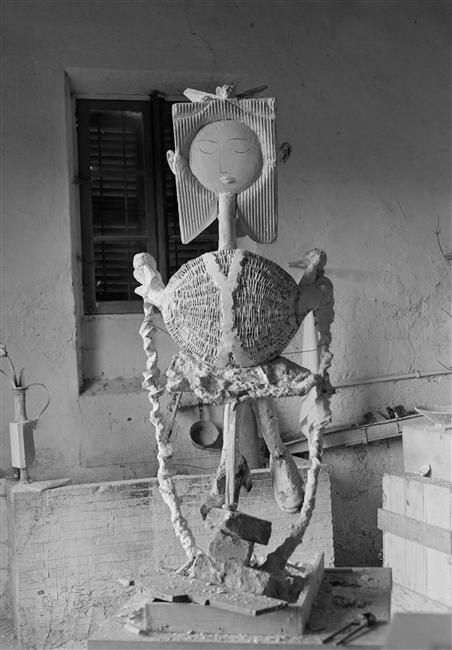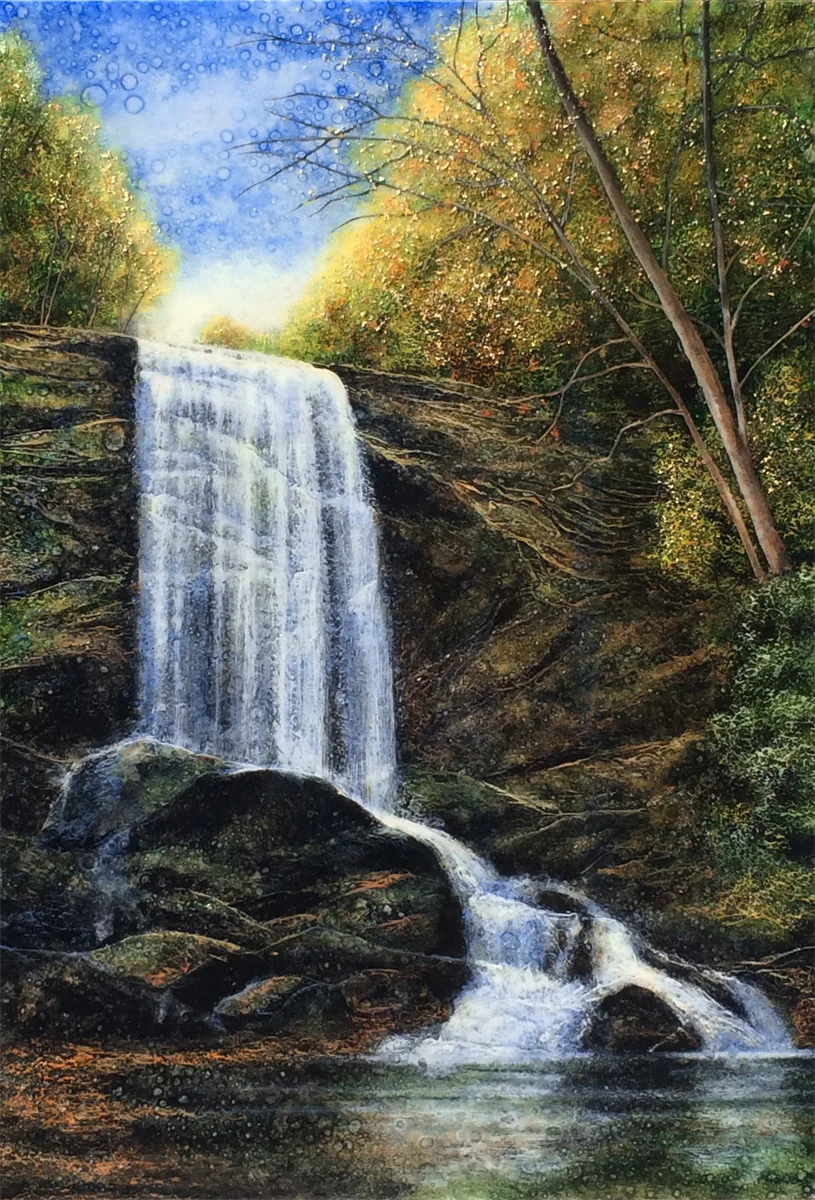Valley of Shadows
In September 2017, Joy and I visited a good friend in Munich, Germany. While there, we explored what is left of the concentration camp at Dachau. Nothing could have prepared me for what I saw and felt.
Visitors to Dachau are very quiet. It's a horrible and holy place. The weight of the evil is still there. You can still feel it. I think it will always be palpable. It should be. I left Dachau needing to express my own grief. This painting is that expression.
Notes about Valley of Shadows
1) Featured on the far left of this piece is the iron gate with the words "Arbeit Macht Frei" (Work Makes you Free). This gate was the way in, but rarely the way out.
2) Moving to the right, set against and gray and blue stripes reminiscent of the uniform prisoners were given to wear is the gold star of David, beneath which are the countless souls who suffered here.
3) Moving to the far right, I inserted a scene from the Arch of Titus in Rome, featuring Roman soldiers carrying off the menorah from the temple in Jerusalem (another time of absolute grief and horror). It is at this point, against the blackness, I inserted a symbol of hope. Hope is displayed near the far right of the canvas, carrying the eye off the artwork...onto...what? That is what hope does -- carries our imagination into the unknown, with the assumption that goodness and beauty and life is coming soon.
"Even when I walk through the Valley of the Shadow of death,
I will not fear, because You are with me.
Your rod and your staff, they comfort me." Psalm 23:4




















